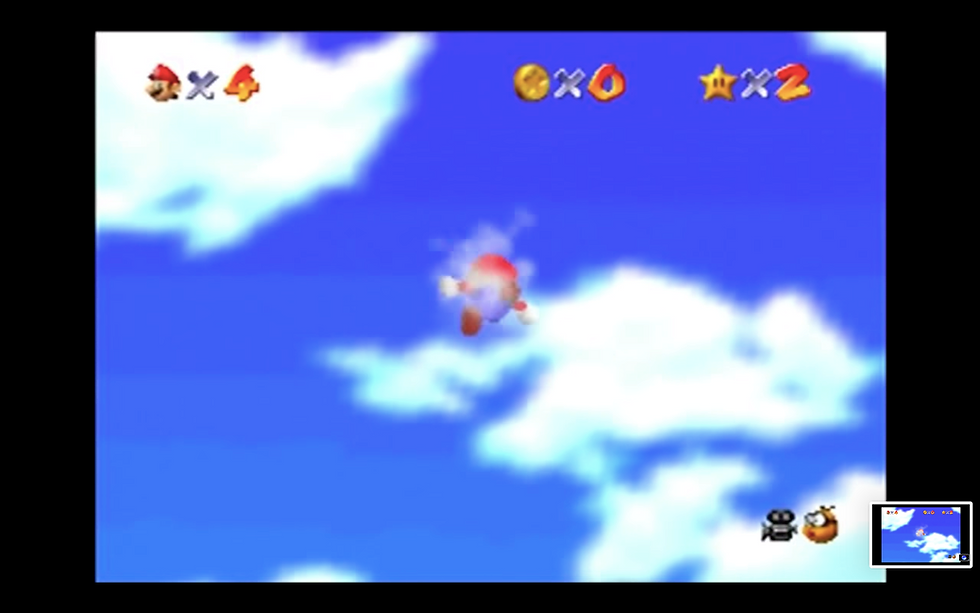Retro Game Review: Contra (1988)
- Van Myers

- Oct 18, 2019
- 4 min read
If you’ve never played Contra, you may have spotted it atop a dubious IGN list of the toughest games ever or just recognize the infamous Konami code. It was originally released as an arcade game in 1987 before coming to NES in 1988 and rebranding to Probotector for EU release in 1990. Although there is evidence that the game was named after Nicaraguan rebels (financed by United States weapons sales to Iran) it is not overtly political. Like most great arcade titles of its era, Contra was designed with one goal: to maximize the number of plays.
Contra is difficult; not the hardest I’ve ever played but also not undeserving of its reputation. The game begins with a black menu screen. Here, players choose between single player and co-operative. The two player mode does nothing except add a second avatar and lifepool. If you aren’t up to facing eight levels and two boss stages with only three lives, here is when you cheat for an extra 27. After starting the game, players navigate a series of traditional platform based stages and weird over-the-shoulder-pseudo-3D levels. Enemies include turrets, aliens, and huge constructs - all of which will happily shoot you. Running out of lives at any point in a level results in restarting it. You may do this three times but do not replenish lives upon completing levels. For reference, first time players will likely clear only a few early levels, even with 120 lives. Beating eight of these with 12 stock is very very challenging.
To beat Contra, players have to learn each of the levels. Although it is considered a run and gun title, that only refers to the core mechanics. Playing Contra thoughtlessly or reactively is a guarantee that you will fail, no matter how mechanically skilled. A slow, calculated playstyle isn’t rewarded either. As soon as you stop moving, nearby turrets fire and enemies converge from all directions. The best way I can describe Contra is that every playthrough feels like a speedrun; you have to know what is ahead and exactly how you will navigate it.
I attribute Contra’s difficulty and learning curve to the original arcade release. Once a cartridge or disk is sold it is up to the player to invest their time, but arcade games operate differently. If a player doesn’t enjoy their first run, they will not continue to play the game. If this happens, the publisher loses out on revenue. Also, if a player feels they have mastered the game, they will likely lose interest. Arcade games have to be instantly captivating and highly replayable to maximize their profitability. Under this model, Contra borrows from what is easily the most successful approach to consumer engagement in the history of capitalism - addiction. Before you rush in with pitchforks and torches, I’m not claiming that videogames are evil and addictive. What they do is the same as most successful consumer industries; they prey on addictive triggers to drive continued interaction. What else could happen in a market driven by consumerism?
Instead of borrowing triggers like random intermittent gratification from gambling, Contra hooks players on learning. The clear linear progression makes it easy to measure progress and without out elements of chance or frame perfect timing success rarely feels lucky. Furthermore, the game is long and hard, which provides a goal that is more deeply satisfying. Each time you repeat a level you learn the details of how to best complete it. Each time you make forward progress it feels like you have made a discovery. If the massive construct guarding the level’s end seems impossible to beat, you fight it and come back with a better idea of how to effectively disable the weapons. If a minion is ledge guarding your jump, you learn to prefire the spawn or shoot it midair next time. Contra captures our attention with constant moments of “eureka!” The Konami code doesn’t break Contra because player who masters it is able to navigate the levels with ease. If you’ve solved a level, there is hardly ever a reason to die once, let alone fail it.
Contra might be a run and gun game, but playing it combines puzzling and exploration; it feels more like Assassin's Creed or Portal that Halo or Call of Duty. Players are rewarded for learning and adapting, not mechanical skill or split second reactions. As an FPS player and (exceptionally) casual speedrunner I find this refreshing. Even competitive, strategy based shooters are depend on reactive decision making and technical skill. Also, I would much rather learn by trial and error than undergo the tedious process of reverse engineering “what the designer wants you to do”. I like the thinking Mr. Blow, but I can’t pretend Braid felt any different.
I highly encourage you to find an emulator or an NES and spend some time on Contra. I don't normally like platformers, but Contra is just as fun as when I first played it over ten years ago. You don't need strategy guides or cheeses, just take an hour and see where you get. I doubt you will be disappointed.




Comments